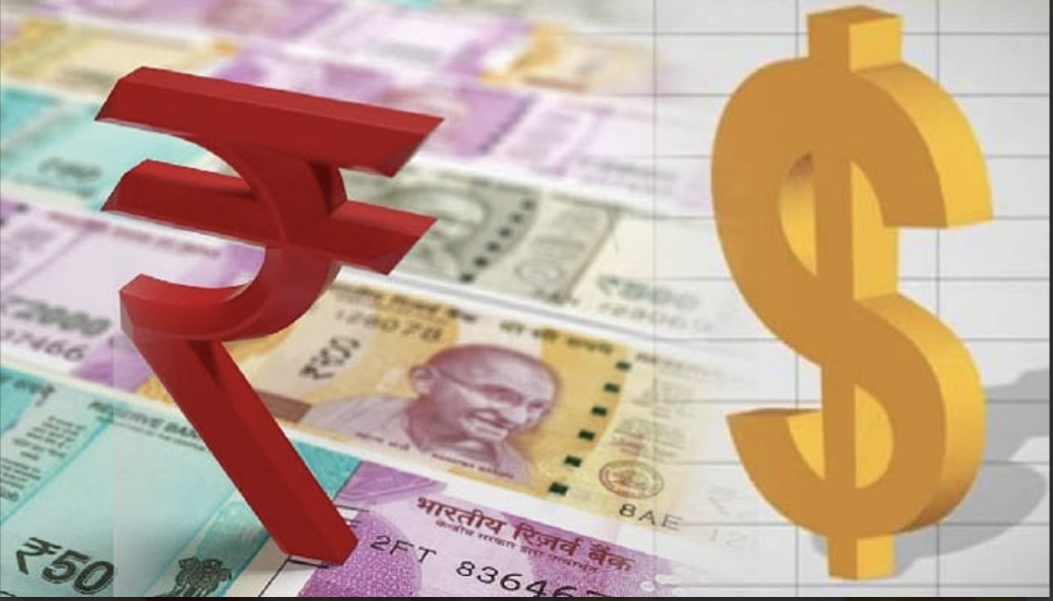The Reserve Bank of India has been making efforts to keep the Indian rupee stable and cut down the use of the US dollar. This initiative has seen an earnest beginning. with the central bank now allowing invoicing of international trade in Rupees.
“This is to facilitate greater trade in Rupee. Previously Rupee invoicing was allowed but it was not so popular as surplus Rupees were not allowed to be channelled back into Rupee assets. Now they are. For a currency to be globally acceptable, capital flows and trade have to be liberalised hand in hand,” Anindya Banerjee, VP, currency & interest rate derivatives at Kotak Securities told Business Insider India.
What does international trade settlement in rupees mean?
When countries import and export goods and services, they have to make payments in a foreign currency. Since the US Dollar is the world’s reserve currency, most of these transactions are entered into US dollars. For example, if an Indian buyer enters into a transaction with a seller from France, the Indian buyer has to first convert his rupees into US dollars. The seller will receive those dollars which will then be converted into Euros. It becomes obligatory for the two parties involved to incur the conversion expenses and bear the risk of foreign exchange rate fluctuations.
Therefore, instead of paying and receiving US dollars, the invoice will be made in Indian rupees if the counterparty has a Rupee Vostro account. The decision to allow international trade in rupees is aimed at easing trade with Sri Lanka, which is running low on forex reserves, and Russia, which cannot make payments in US dollars due to sanctions by the West.
Why does RBI want trade settlement in rupees?
This initiative will help reduce India's dependency on US dollars. Experts suggest that while this decision won’t have a considerable short-term impact, it will benefit the country in the long term.
“We see little impact on USDINR value over the short to medium term. Over the long term, it will shift some demand into Rupees from USD. But the impact of that USDINR will be very gradual,” Anindya Banerjee, VP, currency & interest rate derivatives at Kotak Securities informed in a briefing.
Sanctions on Russia due to its war on Ukraine, and the West subsequently cutting off Russia from the SWIFT payments system is likely one of the motivating factors behind this decision.
“The recent Ukraine-Russia crisis and sanctions on Russia was a real eye-opener for most countries who are now trying to lower their dependency on the US dollar,” Heena Naik, research analyst - currency, Angel One emphasised.
Since India runs a trade deficit – its imports are greater than exports – settling trades in rupees will also save dollar outflows. At a time when the rupee’s value is declining against the US dollar, saving dollar outflows becomes even more critical for the RBI. Paying for imports in rupees would also help India work around the sanctions imposed on its trade partners – Russia being the latest, and Iran is another prominent example from the past.
How much will India save with this?
According to trade data, India's imports amounted to $2.5 billion from Russia in April and May, which annualises to $30 billion. Experts suggest it could increase to as much as $36 billion annually. In the best-case scenario, if India pays for all of its Russian imports in rupees, it would save close to $30-36 billion in dollar outflows.
